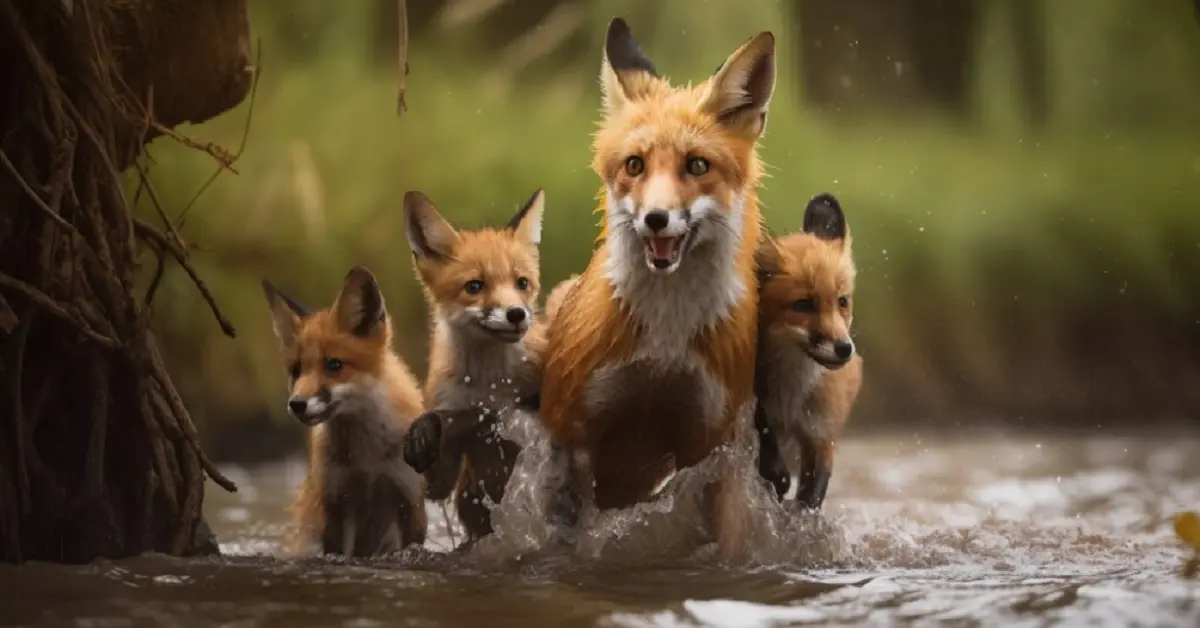Introduction
Welcome to the enchanting world of foxes! These charismatic creatures have captured the hearts of many with their playful antics and stunning appearance. In this comprehensive guide, we’ll delve into the fascinating realm of cute:vckxjxf4zh0= fox, exploring everything from their types and behaviors to their significance in folklore and conservation efforts.
Define the Health Topic
cute:vckxjxf4zh0= fox belong to the family Canidae and are known for their small to medium-sized bodies, pointed ears, and bushy tails. They are widely distributed across the globe and are revered for their intelligence and adaptability.
Explain Relevance and Importance
Understanding cute:vckxjxf4zh0= fox is crucial for several reasons. Firstly, they play a vital role in maintaining ecological balance by controlling populations of rodents and insects. Additionally, they serve as indicators of ecosystem health and biodiversity.
Types and Categories
Red Fox (Vulpes vulpes)
The red fox is the most common type of fox, characterized by its reddish-orange fur and white-tipped tail. It inhabits a wide range of habitats, including forests, grasslands, and urban areas.
Arctic Fox (Vulpes lagopus)
Arctic foxes are well-adapted to cold climates, with thick fur and a compact body. They are found in the Arctic regions of North America, Europe, and Asia.
Fennec Fox (Vulpes zerda)
Fennec foxes are known for their large ears, which help dissipate heat in their desert habitat. They primarily inhabit the Sahara Desert and are the smallest species of cute:vckxjxf4zh0= fox.
Swift Fox (Vulpes velox)
Swift foxes are native to North America and are characterized by their swift running speed and nocturnal behavior. They primarily inhabit grasslands and prairies.
Symptoms and Signs
Physical Characteristics
Cute foxes typically have a slender body, pointed muzzles, and long, bushy tails. Their fur can range from reddish-brown to silver-gray, depending on the species and habitat.
Behavioral Traits
Foxes are highly intelligent and adaptable animals. They exhibit complex social behaviors, including grooming, play, and communication through vocalizations and body language.
Causes and Risk Factors
Habitat Loss
One of the biggest threats to cute cute:vckxjxf4zh0= fox populations is habitat loss due to urbanization, agriculture, and deforestation. As their natural habitats disappear, foxes are forced to adapt to human-dominated landscapes, increasing their risk of conflict with humans.
Climate Change
Climate change poses a significant threat to arctic fox populations, as rising temperatures lead to shrinking sea ice and reduced access to prey. This puts them at risk of starvation and competition with other species.
Diagnosis and Tests
Diagnosing health issues in cute foxes often requires a combination of physical examination, laboratory tests, and imaging techniques. Veterinarians may perform blood tests, fecal analysis, and X-rays to assess the fox’s overall health and identify any underlying conditions.
Treatment Options
Veterinary Care
In cases of injury or illness, cute cute:vckxjxf4zh0= fox may require veterinary treatment to alleviate symptoms and promote healing. This may include medications, wound care, and surgery, depending on the severity of the condition.
Rehabilitation
Injured or orphaned cute:vckxjxf4zh0= fox may benefit from rehabilitation at wildlife centers or sanctuaries. Here, they receive specialized care and support to recover from their injuries or prepare for release back into the wild.
Preventive Measures
Habitat Conservation
Protecting and preserving natural habitats is crucial for the long-term survival of cute fox populations. Conservation efforts should focus on maintaining biodiversity, reducing habitat fragmentation, and mitigating human-wildlife conflicts.
Public Education
Raising awareness about the importance of cute:vckxjxf4zh0= fox conservation can help foster a greater appreciation for these animals and encourage positive attitudes towards coexisting with wildlife.
Personal Stories or Case Studies
The Tale of Juniper the Fox
Juniper is a famous Instagram fox who captured the hearts of millions with her adorable photos and videos. Rescued as a kit, Juniper now lives happily with her loving owners and serves as an ambassador for fox conservation.
Expert Insights
According to Dr. Emily cute:vckxjxf4zh0= fox, a wildlife veterinarian, “Cute foxes are incredibly resilient animals, but they face numerous threats in the wild. By supporting conservation efforts and promoting coexistence, we can ensure a brighter future for these captivating creatures.”
Conclusion
In conclusion, cute cute:vckxjxf4zh0= fox are fascinating animals with a rich cultural history and ecological significance. By understanding their behavior, habitat requirements, and conservation needs, we can work towards ensuring their survival for generations to come.
